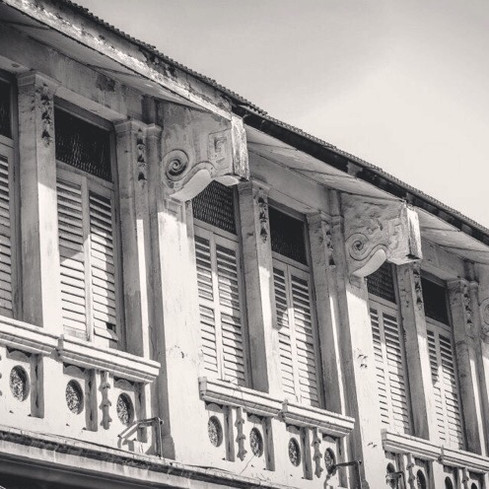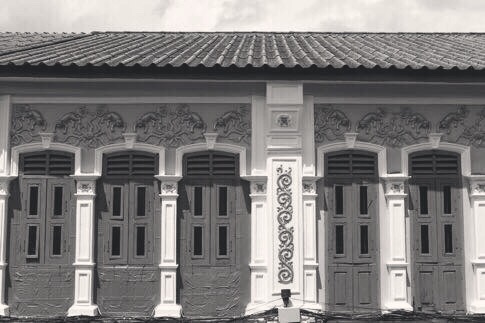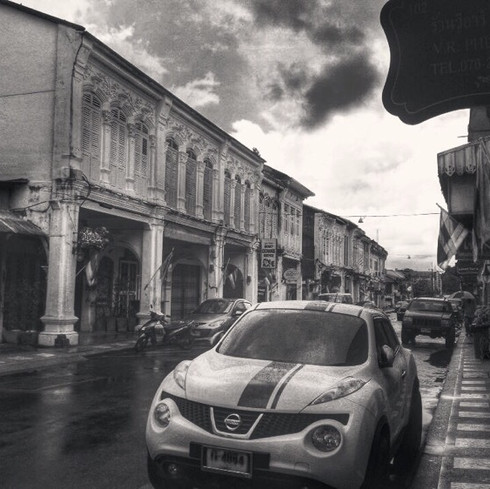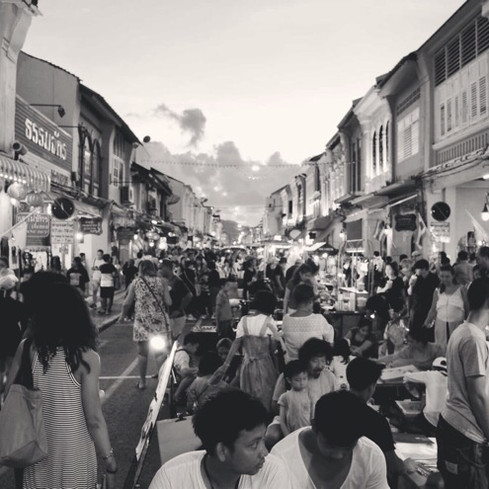There are infinite reasons to love about photography and my favorite is that it enables anyone to freeze an event, a memory, an emotion, even a mystery - in time.
TIMELESS.
You can revisit it many times, enjoy it as it is...some provoke questions: who is she? who are they?
And as you gaze upon the details in the photo, you look at those eyes, the smile, or absence of it, the hand gestures, the body language, the setting and you wonder: at what circumstance was the moment captured? what is the back story? what IS the story? what is the subject feeling at the time? why does the subject look like THAT?
Maybe I am overthinking. But isn't it the same for all types of art? Music. Painting. Dance. Literature.
It can be taken it as it is, or/and it can be an experience. Freedom to express one's creativity and interpret something in one's own way is a right to behold. You learn so much about yourself, humanity, and the world.
This is why perhaps I am drawn to street and portrait photography. The 'human circumstance' is a very alluring, challenging theme.
Vintage portrait photography is one of my favorite themes except the Victorian Era's "memento mori" (Latin for: remember that you must die) / post-mortem photography. I have to admit, it is interesting, creepy and morbid. Posing the dead and taking a photo of them with the living family members at times, was a 'thing' back then. To know more about the truths and myths about it, click here.
What I love about vintage portrait shots (of the living!)
I love the simple set-up, most of them are shot indoors with one or two natural light source / no flash.
See collections of inspirations in my Pinterest. It also has a rather rich history.
Notice how people do not seemingly have time to smile AT ALL in those Victorian photographs?
The first ever photograph was made possible in 1826 from the concept of light projecting in 'camera obscura' (dark room) which can be traced back from 15th-17th century, and then the artificial light (called 'limelight', the oxygen-hydrogen light) was made in 1839, but the commercialized and 'safer' flash powder was invented in 1887 but was still very expensive at the time. It wasn't until around 1950s that flash bulbs, those you see 'popping' in movies replaced the flash powder.
So for the photographs taken during late 19th and early 20th century, the exposures really took time and the subjects would have posed so much longer than one could have said 'Cheeeeese!'.
In fact, no one would've probably said it! The first picture took over 8 hours and then the more popular photography medium followed known as 'daguerreotype' took about 3-15 minutes exposure time!
I am pretty sure they weren't all grumpy people, and there are of course rare exceptions. It's hard to hold a smile for longer than a minute! TRY IT for 3-15 and see if you can! :) A single movement would have made the shot blurry and ruin the entire process of 'catching the light'.
The Project/Challenge
Inspired by the Victorian fashion and portrait shots I have 'pinned', I did a fun shoot this weekend at home. It has also been a while. I wanted to make an Asian themed version of it and remembered that Jes has her Malaysian Kebaya outfit. She is from Penang, Malaysia and when we worked and lived there for years, I remember the stories the locals told me about the "Peranakans" and the "Nyonyas".
Nyonya is the term for the women and Baba for the men. It applies especially to the populations of Chinese descent in the British Straits Settlements of Malaya and the Dutch-controlled island of Java and other locations, who have adopted Nusantara customs—partially or in full—to be somewhat assimilated into the local communities.
Even when we moved here in Phuket, the influence or shall I say the legacy of the Peranakans have reached the Phuket Town. Whenever we visit Phuket 'Old Town', it feels like I am in Georgetown, Penang. See what I mean below:
Georgetown, Penang - Malaysia.
Old Town, Phuket - Thailand.
Incidentally, Phuket and Penang are both islands and they are connected to the mainland by bridge(s). A lot different, but in these little areas, it's hard to sometimes tell the difference.
So I looked back at these shots from the past and asked Jes if she could be my model. She owns the kebaya, she's a Penangite, and as I inquired more about Peranakans, she told me that her maternal great grandmother was a Nyonya and her great grandfather came to Penang from Fujian, China through one of the trade ships to start a new life. The elders in her family never knew the details, perhaps he never told them about the "How I Met Your Grandmother" story but one thing's for certain, they fell in love and many, many years later...Jes was born. :)
This gave a rather new meaning to this 'fun' portrait shoot. Aren't we all with, and are coming across people who are products of history/herstory everyday?
And aren't we all still making, writing/rewriting, living the history? What an amazing gift, wonderful freedom to have!
Gift that we do not often take time to appreciate.
Set-up
I set the room for the shoot and loved the light coming from the thick glass window facing the west. It was just about 4:30pm and the sun preparing to set was perfectly angled to shine some of its light through the window. So most of the shots, I only used the natural light from Jes's left-hand side.

For some fill-in light, I put up my single studio strobe inside the 90cm rectangular softbox at her 45-degree angle, right-hand side and set it at TTL mode, synched with the wireless trigger on my camera.
I had another flash behind her to soften the shadows but I liked how the shadows turned out, so in the end, I removed it. So this is a one artificial light, and one natural light source photoshoot.
I used Nikkor 35mm prime lens for this and adjusted the settings manually as the light coming from the window changed. Initially, I wanted to use the nifty 50mm but the room is small and I do not have much space to move about. The 35mm is just right.
Posing Here's where the 'inspirational' pins/pictures would come very handy. If like me, you know how to do the pose in your head, but find it hard to 'direct' your subject, showing your model how you want them to pose helps. Visual aids are not only effective in teaching but also in posing! :)
Observe the 'classical' half-body / close-up portrait shots in the late 19th century. Mostly, only 3 things vary:
- the shoulder
- the chin
- the gaze / eyes
Each of these could either be facing the camera or certain angle away from the camera. Any combination could work, depending on the look you are aiming for. We had fun experimenting!
Again, you don't need to worry about the absence of smile if you want to recreate the Victorian-style posing. ;)
Breaking the stereotype
If you search for vintage 'Nyonya portraits' on the internet, all the poses are so proper, so traditional, so...conservative and too constricted. And that's okay. There's absolutely nothing wrong with that, that's how it was meant to be at that time also given the fact that you CAN'T MOVE during the long exposure, it's more practical to pose that way.
It's just that it feels like the photos tell more about the photographer (who posed the subjects) rather than the subjects themselves. But I wonder if the subjects are given the chance to 'be' just in front of the camera, would they have tried something else?
Women's fight for equal rights have come a long way since that time...and we are not stopping. Women now have more freedom to express themselves and have more choices in life. Something that the women who lived in the 'olden' times have also fought for, and would be happy to know - if they were still alive today.
Jes's great grandmother never had a picture even for her tombstone. In her great grandmother's tombstone in Penang, the inscription was "The daughter-in-law of Tan family" (written in traditional Chinese characters). The current generation in her family couldn't find records of her name.
I wanted to give a tribute to Jes's 'nyonya' herstory, her great grandmother, her roots. But I also wanted her to be herself - a fierce woman with a big heart. The last shot summarized all that.
"Dia Nyonya Gangsta!"
*All the images are shot in RAW. Post processing in Lightroom (in color) and for the black and white vintage look, I used Carbon and Tintype presets.



















Comentários